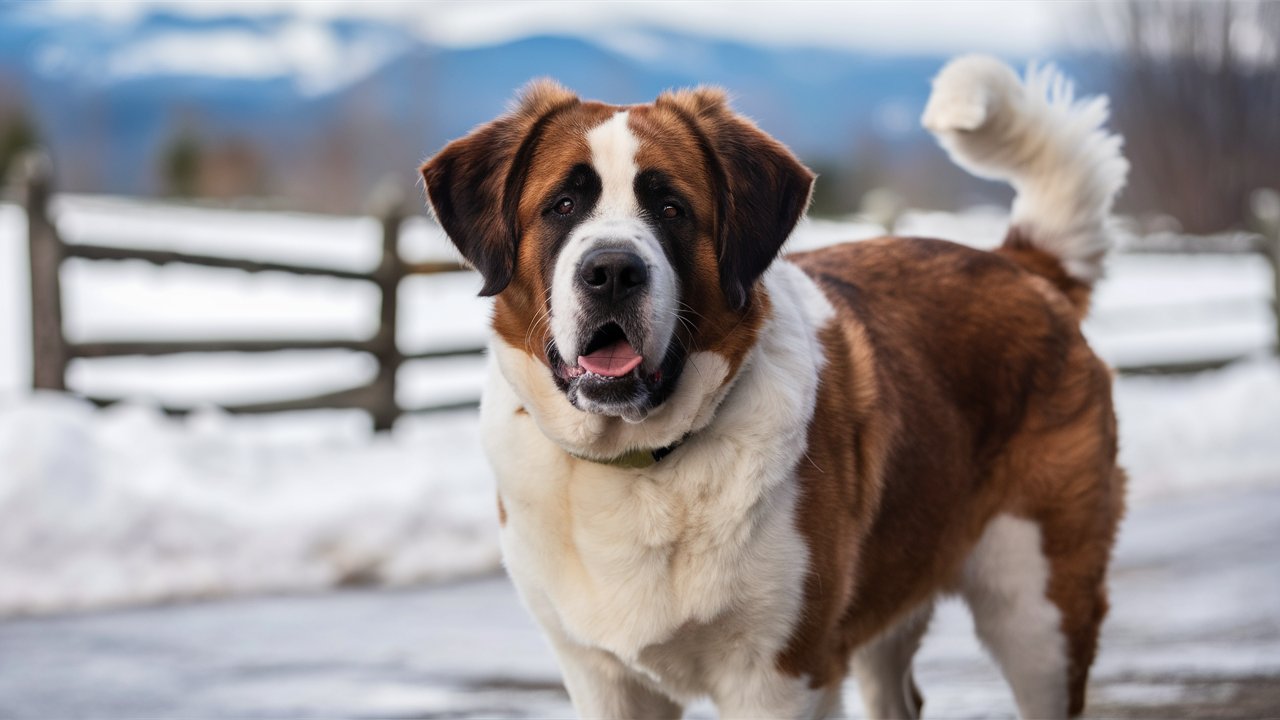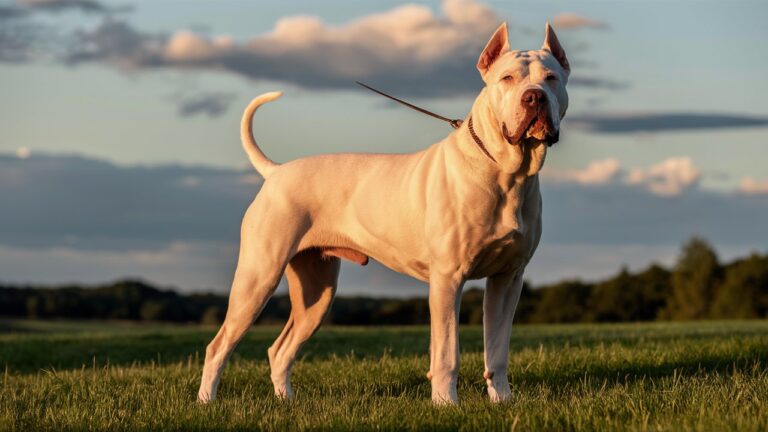The Saint Bernard: 5 Majestic Giants of the Alps Dominate Attention
Nestled amidst the breathtaking beauty of the Swiss Alps, the Saint Bernard dog breed has captured hearts worldwide with its imposing stature and gentle demeanor. Beyond their iconic role as rescue dogs, these majestic giants embody a rich history steeped in legend and service. Join me as we explore the fascinating world of Saint Bernards, uncovering their origins, characteristics, and enduring appeal.
Historical Origins and Mythical Beginnings

The history of the Saint Bernard stretches back centuries, rooted in the Saint Bernard Pass—a treacherous route connecting Switzerland and Italy. Named after the Hospice du Grand St. Bernard, a hospice founded in the 11th century, these dogs were originally bred by monks to aid in rescuing travelers lost or trapped in the unforgiving snow-covered mountains.
Legend has it that these noble dogs possessed an uncanny ability to locate and guide lost souls to safety, often with a small barrel of brandy around their necks—a myth perpetuated by romanticized tales but grounded in their actual role as rescue dogs.
Characteristics and Physical Attributes
Saint Bernards are renowned for their imposing size and gentle disposition. They are classified as a giant breed, with males typically standing 27 to 35 inches tall at the shoulder and weighing between 140 to 180 pounds. Their expressive eyes convey intelligence and kindness, while their iconic coat—usually a dense, smooth or rough coat in colors ranging from red and white to brindle—provides insulation against the harsh Alpine climate.
Despite their size, Saint Bernards are remarkably gentle and affectionate, making them beloved family companions. They are known for their patience with children and their calm demeanor, although their protective instincts mean they can be formidable guardians when needed.
Saint Bernards Modern Roles and Adaptations
In modern times, Saint Bernards continue to serve in various roles beyond their historical rescue duties. While advancements in technology have reduced the need for rescue dogs in the Alps, their loyalty, intelligence, and versatility have found new applications. Many Saint Bernards excel in therapy work, offering comfort to patients in hospitals and nursing homes. Their gentle temperament and intuitive nature make them ideal companions for those in need of emotional support.
Moreover, Saint Bernards have carved out a niche in the world of dog sports and exhibitions. Their impressive size and agility make them contenders in obedience trials, cart-pulling competitions, and even agility courses—a testament to their adaptability and trainability.
Challenges and Considerations

Owning a Saint Bernard comes with its own set of considerations. Their large size means they require ample space to move around comfortably, making them less suited to apartment living. Their thick coats necessitate regular grooming to prevent matting and maintain cleanliness, especially during shedding seasons. Additionally, like many large breeds, Saint Bernards are prone to certain health issues such as hip dysplasia and bloat, underscoring the importance of responsible breeding practices and regular veterinary care.
Personal Reflections and Conclusion

Reflecting on my own experience with Saint Bernards, I recall the joy and companionship they bring into homes. Their gentle natures and unwavering loyalty create bonds that endure a lifetime. Whether lounging by the hearth on a snowy evening or exploring the outdoors, these dogs exemplify the essence of devotion and companionship.
In conclusion, the Saint Bernard stands as a testament to the enduring bond between humans and dogs. From their storied origins in the Swiss Alps to their modern-day roles as beloved pets and therapy companions, these majestic giants continue to captivate hearts around the globe. Their legacy as rescue dogs may have evolved, but their impact as loyal, loving companions remains steadfast—an embodiment of courage, compassion, and canine excellence.





